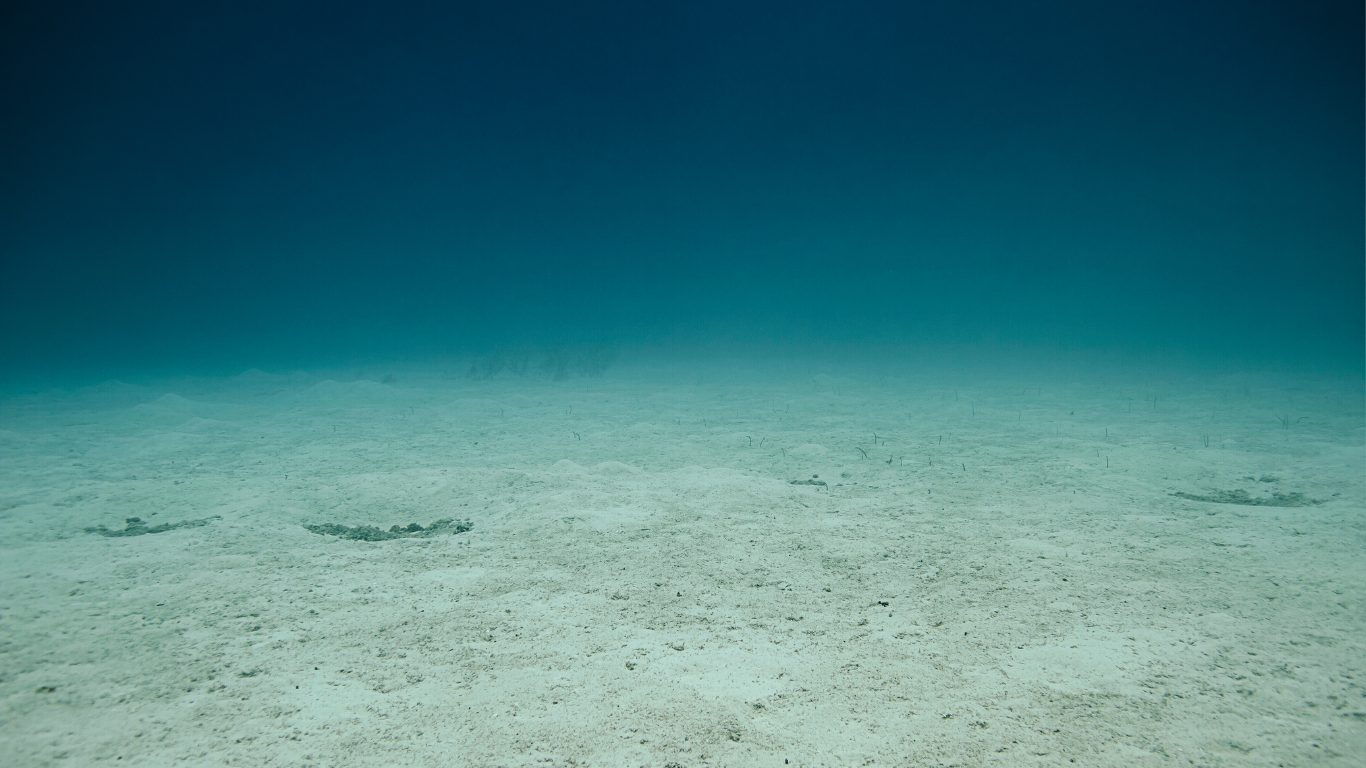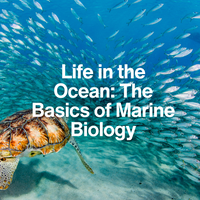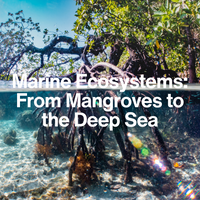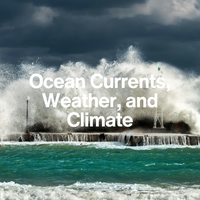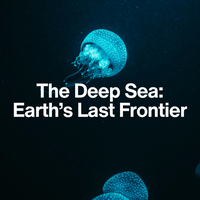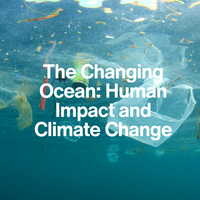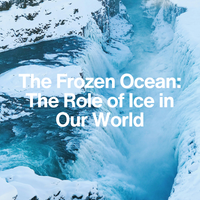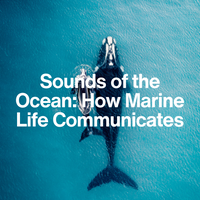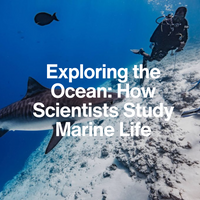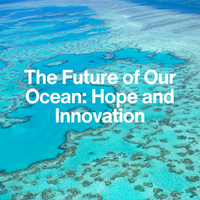LESSON 3
How Does Plastic End Up in the Ocean?
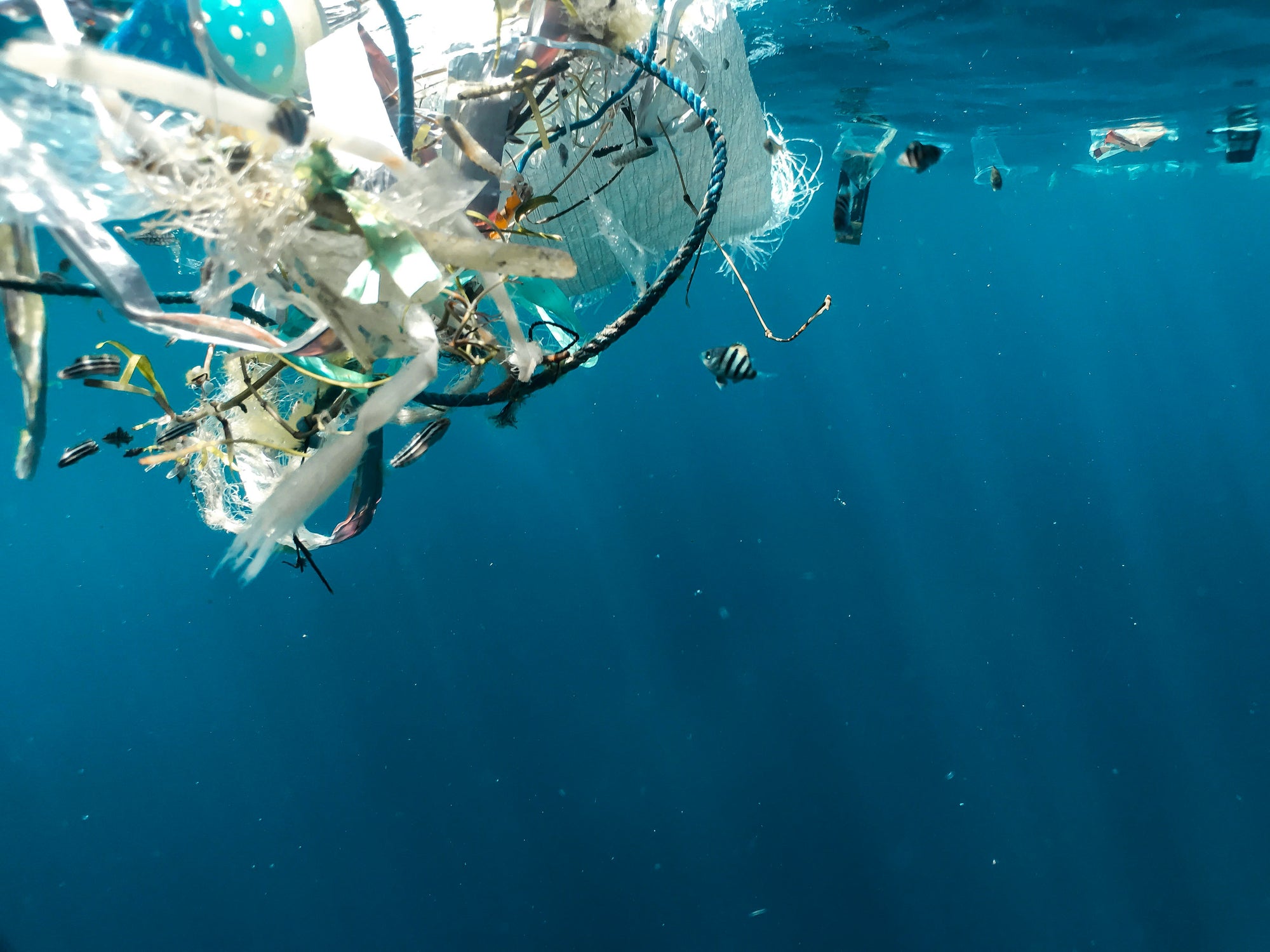
Introduction:
A Troubled Tide
Every second, a garbage truck’s worth of plastic enters the ocean. Oil spills, chemical run-off, sewage, heavy metals, ghost fishing gear—it all adds up.
Our ocean, once a symbol of vast, untouchable wilderness, is now under siege from human waste. Pollution is one of the most visible—and devastating—threats to marine life. But what exactly is polluting the sea, and how does it affect everything from whales to microscopic plankton?
In this lesson, we’ll break down the major types of ocean pollution and explore their impacts on ecosystems, climate, and even human health.
1. Plastic Pollution: A Global Crisis
Plastic doesn't disappear—it breaks into smaller fragments called microplastics, but it never fully biodegrades. Whether floating on the surface or sinking to the seafloor, it remains in the marine environment for centuries.
Sources of plastic pollution:
- Single-use plastics (bags, bottles, packaging)
- Lost or discarded fishing gear (ghost nets)
- Microplastics from synthetic clothing and personal care products
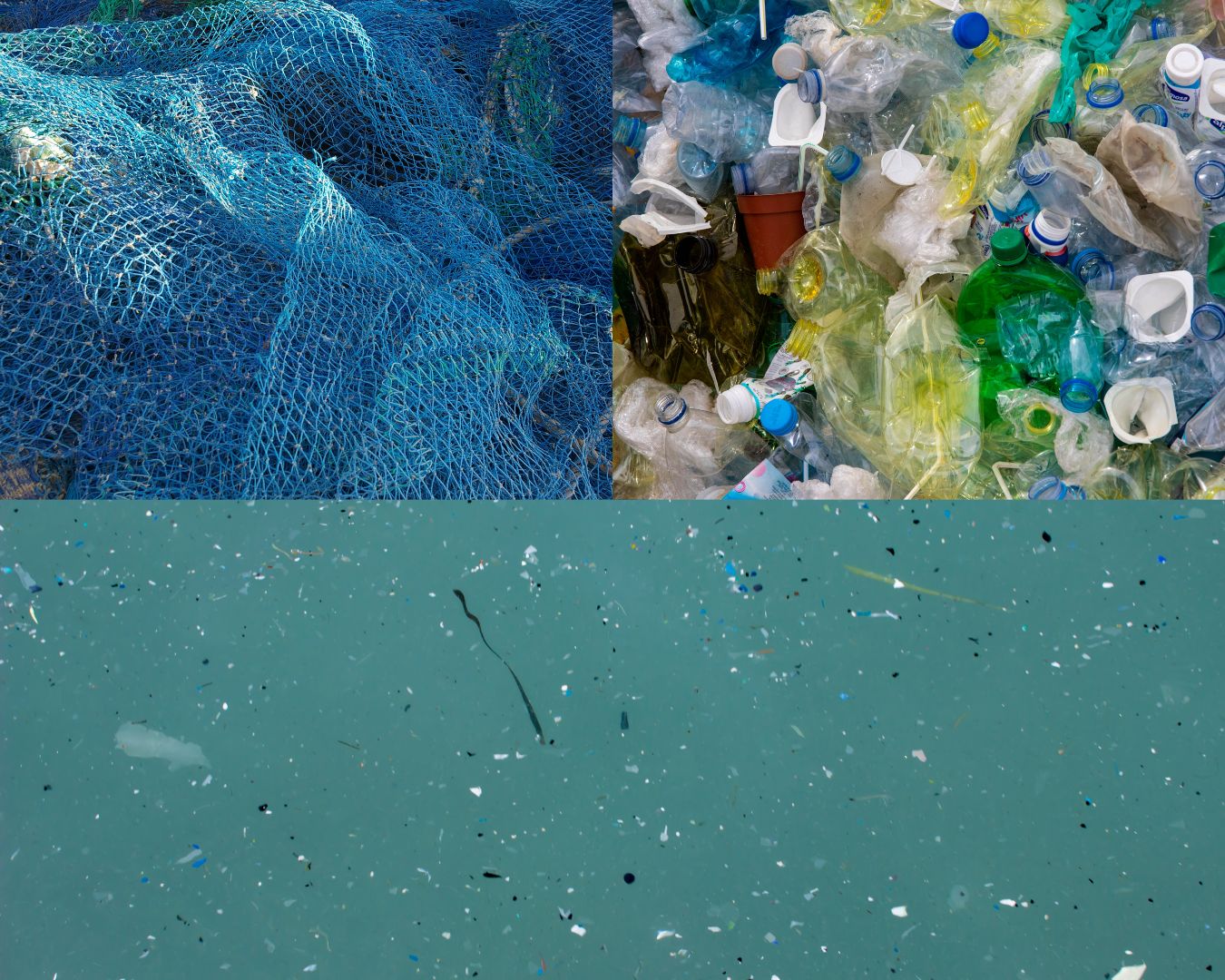
Did you know?
The Great Pacific Garbage Patch is now estimated to be three times the size of France.
2. Chemical Pollution: The Hidden Toxins
Many pollutants aren’t visible—but their effects are deadly. Fertilizers, pesticides, oil, sewage, and industrial waste all flow from land into rivers, eventually reaching the sea.
Did you know?
The Gulf of Mexico’s dead zone is larger than the U.S. state of Connecticut—caused by nutrient pollution from agriculture.
3. Noise and Light Pollution: Unnatural Oceans
We often overlook light and sound as pollutants, but in the underwater world, these invisible intrusions can be deeply disruptive.
Did you know?
Some whales have been recorded changing their songs or diving patterns in response to ship noise.
Conclusion
We Pollute What We Depend On
Pollution is a problem we can see, feel, and fix. It doesn’t require advanced technology or billion-dollar budgets—just action, awareness, and commitment.
Every plastic item we refuse, every regulation we enforce, every clean up we support brings us closer to a cleaner, safer ocean.
Key Takeaways:
Plastic pollution is everywhere—from ghost nets to microplastics in plankton.
Chemicals from farming, industry, and oil spills create toxic, oxygen-deprived zones.
Noise and light pollution affect marine communication, reproduction, and survival.
Ocean pollution is a visible, solvable crisis we all have a part in ending.
NEXT LESSON
What Are “Dead Zones” and Why Do They Happen?
Next, we’ll explore oxygen-starved areas of the ocean—known as dead zones—how they form, why they’re growing, and what can be done to stop them.
